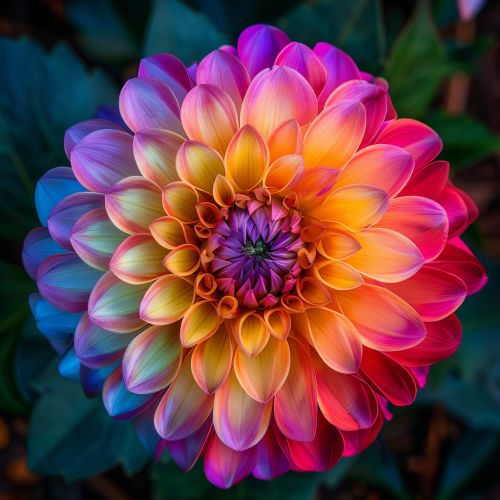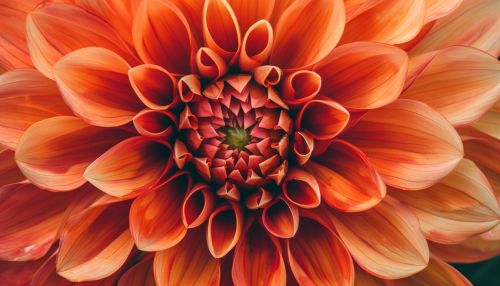Flowering Plant
Introduction
Flowering plants, also known as Angiosperms, are the most diverse group of land plants, with approximately 64 orders, 416 families, approximately 13,000 known genera and 300,000 known species. They are distinguished from other plants by a series of synapomorphies, or derived characteristics.


Classification
Flowering plants are classified based on their physical characteristics, reproductive structures, and genetic makeup. The two main groups are the monocots (Monocotyledons) and dicots (Dicotyledons), which are distinguished by the number of seed leaves, or cotyledons, in the plant embryo.
Monocots
Monocots are characterized by having one cotyledon in their seed, parallel leaf veins, and flower parts in multiples of three. Examples of monocots include grasses, lilies, orchids, and palms.
Dicots
Dicots, on the other hand, typically have two cotyledons in their seed, net-like leaf veins, and flower parts in multiples of four or five. Examples of dicots include roses, sunflowers, and most trees and shrubs.
Anatomy
The anatomy of flowering plants is complex and varies widely from species to species. However, all flowering plants share a basic structure that includes roots, stems, leaves, and reproductive structures.
Roots
The roots of a flowering plant serve to anchor the plant in the ground and absorb water and nutrients from the soil. They can also store food for the plant.
Stems
The stems of a flowering plant support the plant and transport water, nutrients, and sugars between the roots and leaves.
Leaves
The leaves of a flowering plant are the primary site of photosynthesis, the process by which plants convert light energy into chemical energy.
Reproductive Structures
The reproductive structures of a flowering plant are contained within the flower. The flower is a complex structure that includes the stamen (male reproductive organ), pistil (female reproductive organ), petals, and sepals.
Reproduction
Flowering plants reproduce sexually through a process called pollination. In this process, pollen from the stamen (male reproductive organ) of one flower is transferred to the pistil (female reproductive organ) of another flower. This results in the formation of a seed, which can grow into a new plant.
Evolution
The evolution of flowering plants is a topic of ongoing research. It is believed that they first appeared during the Cretaceous period, approximately 140 million years ago. They quickly diversified and became the dominant group of plants by the end of the Cretaceous, largely replacing the gymnosperms and ferns that had previously dominated terrestrial ecosystems.
Economic Importance
Flowering plants have immense economic importance. They are a major source of food, medicine, and raw materials. In addition, they play a crucial role in the environment by providing habitat for wildlife, producing oxygen, and sequestering carbon dioxide.
